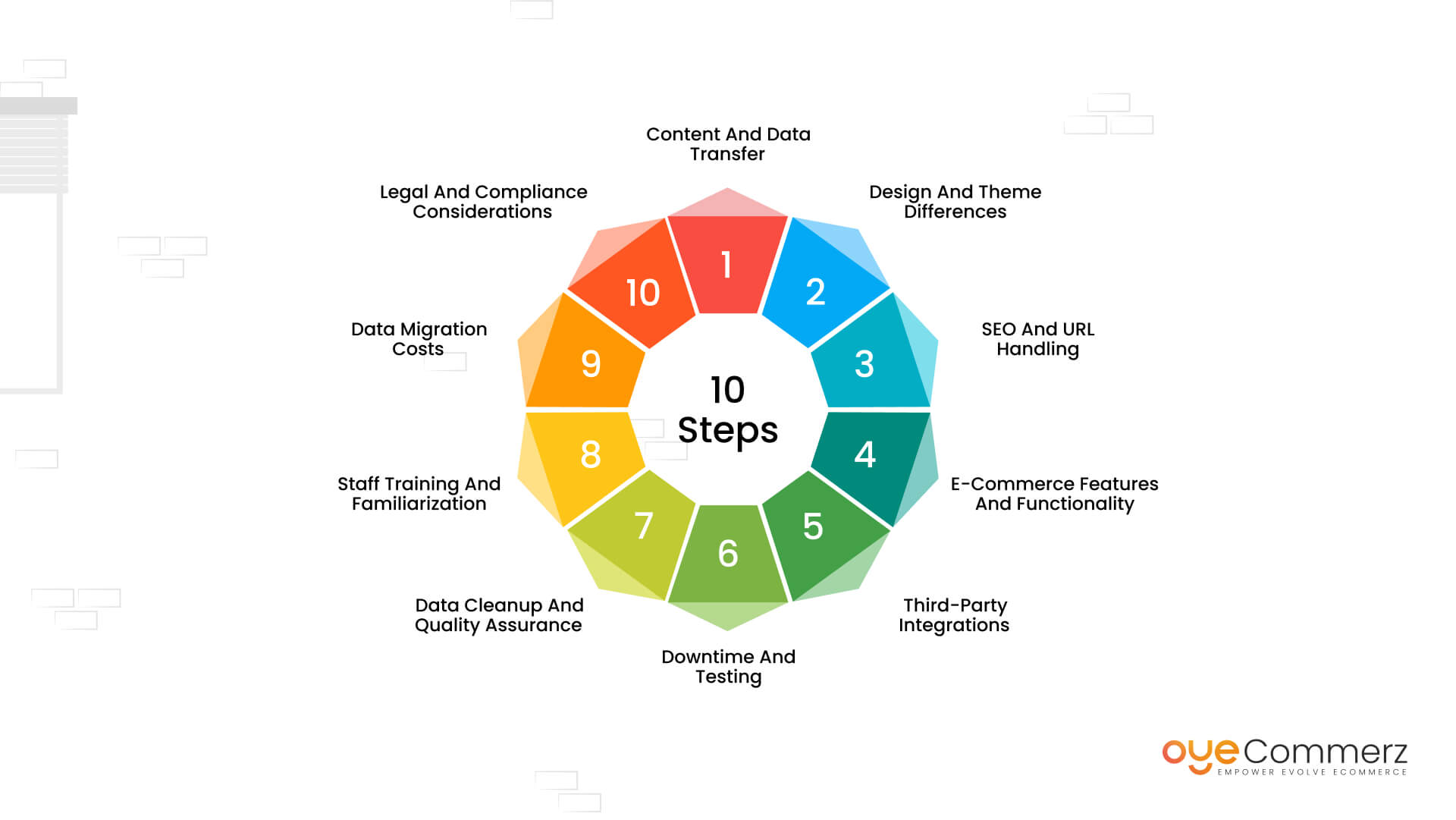Effortless Transition from WP to Shopify: A Comprehensive Roadmap for E-commerce Growth
Effortless Transition from WP to Shopify: A Comprehensive Roadmap for E-commerce Growth
Blog Article
Shifting from WordPress to Shopify marks an promising step toward streamlining your online store operations. As companies grow, selecting a platform that supports growth potential, user experience, and flexibility becomes crucial. Shopify has emerged as a preferred choice for online merchants, offering superior flexibility, data protection, and ease of use. In this guide, we will delve into why this migration is a game-changer, highlight the advantages, and provide practical tips to ensure a smooth transition.
1. Top Reasons to Transition from WordPress to Shopify
WordPress, paired with WooCommerce, continues to support countless online stores. However, as businesses scale, challenges like reliance on plugins, security vulnerabilities, and complex setups often obstruct growth. Shopify, specifically created for e-commerce, addresses these concerns with an all-in-one, intuitive solution. Statistics back this transition—Shopify hosts over 4.4 million websites worldwide, with a reported 10% boost to sales performance for many businesses post-switch.
2. Key Benefits of Shopify for E-commerce Success
Shopify’s powerful platform is tailored for scaling businesses. Its notable benefits include:
- Effortless Design Flexibility: Shopify provides over 80 expertly crafted themes.
- Integrated Tools: Features like Shopify Payments and integrated SEO streamline operations.
- International Expansion: Currency versatility and localization features enable businesses to reach global markets.
Additionally, Shopify delivers an availability percentage of 99.98%, ensuring your store remains accessible.
3. Getting Ready for Your WP-to-Shopify Transition
Prior to starting the migration process, assess your existing setup. Review inventory details, client information, and SEO performance. Tools like Shopify’s Migration Kit or external tools can simplify this process. Create a comprehensive plan, making sure all resources—item details, media files, and articles—are ready for seamless import.
4. The Importance of Accurate Data Migration
Transferring your data forms the foundation for a smooth platform switch. When moving from WP to Shopify, prioritize:
- Product Information: SKU, item summaries, and groupings.
- Client Information: Emails, order history, and custom fields.
- Search Engine Considerations: Retain meta tags, URLs, and redirects to maintain search rankings.
Use tools such as LitExtension to facilitate seamless migration while minimizing errors.
5. Customizing Your Shopify Store
After the move, Shopify SEO setup customizing your Shopify store ensures it reflects your brand. Take advantage of Shopify’s drag-and-drop editor to create layouts with ease. Shopify's templates are optimized for all devices, providing a smooth UX across devices—a critical factor, since 74% of online shopping comes from mobile visitors.
6. How to Protect Your SEO Rankings When Switching Platforms
Search engine optimization is crucial for maintaining your online presence during migration. Shopify excels in SEO with organized link formatting, preloaded features, and seamless blog integration. Ensure:
- Set up URL forwarding for existing links.
- Optimize new pages with targeted phrases.
- Use Shopify's apps Plug in SEO to track analytics after the switch.
7. Essential Tests After Migrating to Shopify
After finishing the transfer, run detailed checks.
Check: - Website speed (Shopify delivers faster speeds compared to WP).
- Functionality of payment gateways and transaction flow.
- Mobile responsiveness.
Testing ensures your store provides a smooth shopping journey from the start.
8. Case Study of a Successful Migration
An example of effective platform switching is Gymshark, a sportswear company that moved to Shopify. After the switch, the company saw a 60% boost in mobile sales and significantly lowered site downtime. This showcases the potential of Shopify in driving e-commerce growth.
9. Overcoming Common Migration Issues
Migration is not without obstacles, such as information accuracy and reconfiguring custom functionalities. However, Shopify’s robust support and external professionals simplify the process. Collaborating with experienced Shopify developers ensures a trouble-free transition.
10. Starting Your Journey with Shopify
Migrating from WordPress to Shopify represents a strategic decision to e-commerce. By focusing on growth, streamlining operations, and enhancing the customer experience, Shopify enables companies to succeed in competitive markets.
Final Thoughts
Switching from WP to Shopify is a strategic Shopify cart migration move that can greatly enhance your online business performance. With a robust migration plan, the right tools, and professional guidance, you can unlock new success milestones.
Excited to start the journey? Let’s discuss how our Shopify migration services can transform your online store. Contact us now, or ask yourself: Can your business afford to miss out on Shopify’s growth potential?
 Report this page
Report this page